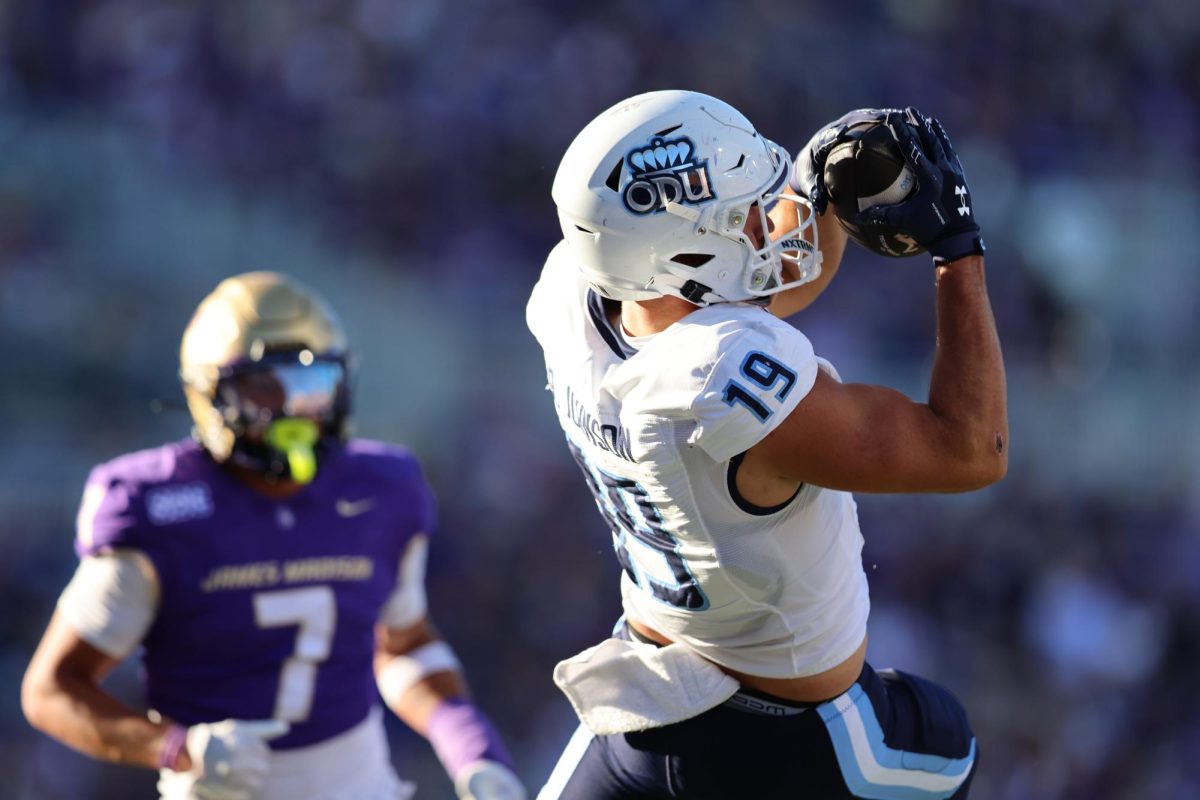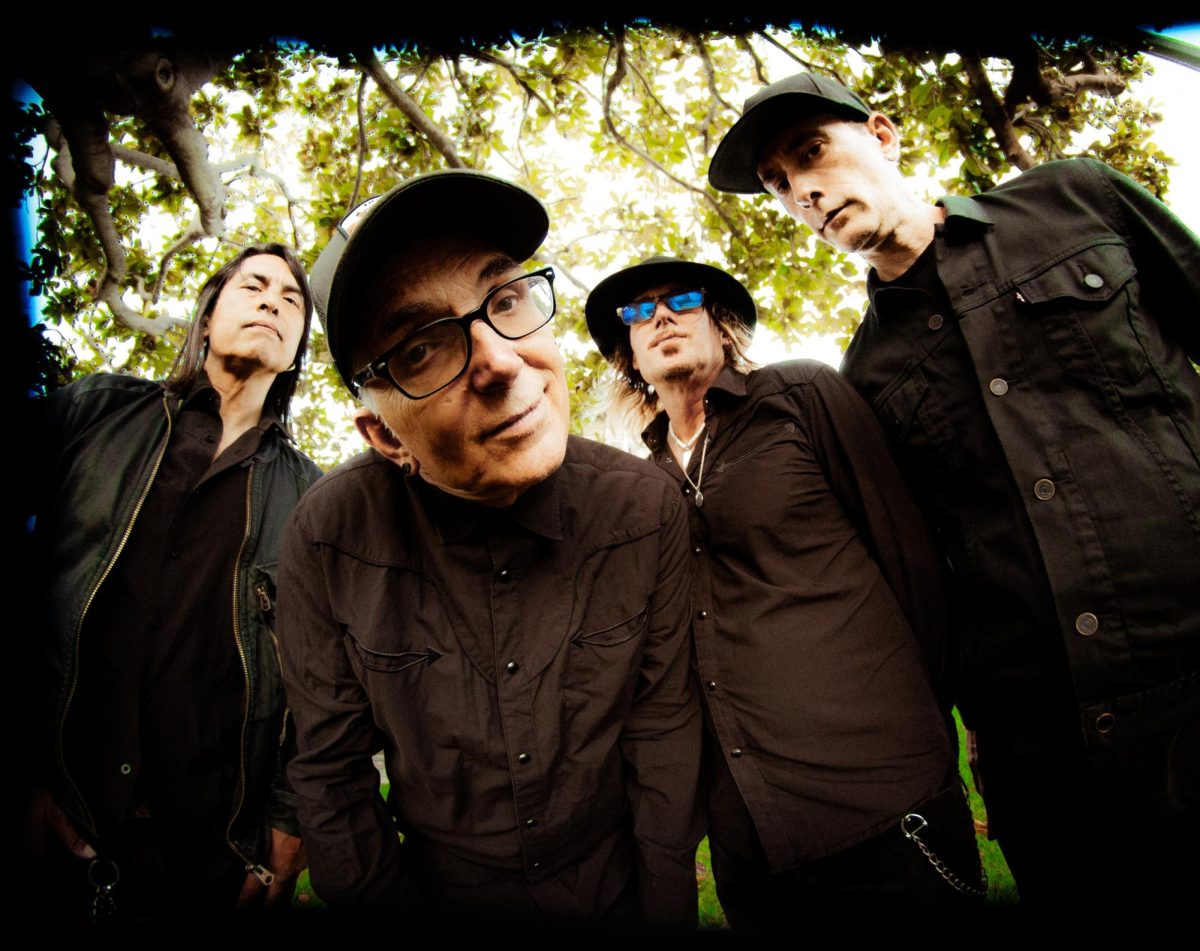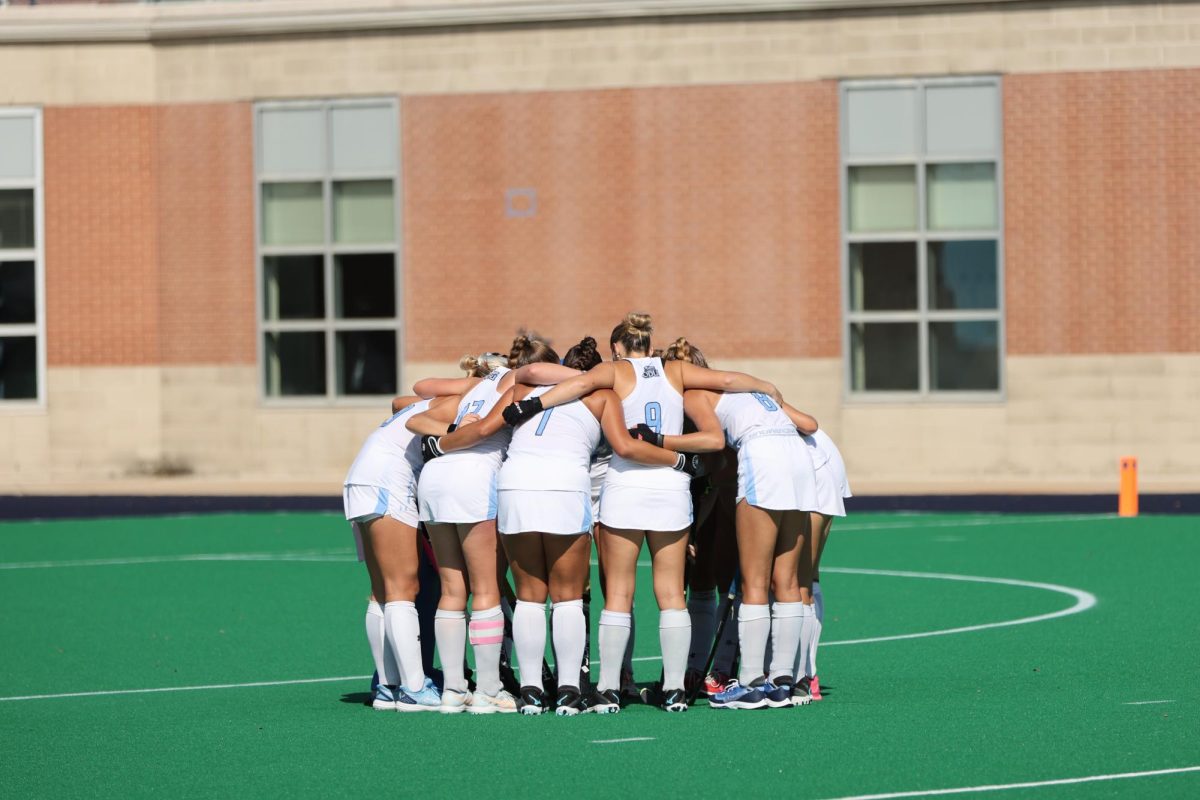Originally published November 8, 2018.
Written in the wake of the 1973 gas crisis, 1979’s “Mad Max” tells of a world in which gasoline is in short supply, along with sanity. Merciless gangs patrol the streets, pillaging, raiding and being a general nuisance. All in the name of keeping their vehicles in motion, while a borderline ineffectual police force struggles to maintain any semblance of order. While lawless gangs roam the back roads of Australia, the apocalypse has yet to occur.
Two years and 4.1 million dollars later, “The Road Warrior” screamed into theatres, and set the new standard for post apocalyptic science-fiction. Set in the Australian Outback desert and taking the gas crisis into it s most extreme outcome, the titular Mad Max is thrust into the unwilling hero role. He’s trying to help a small camp of people escape from leather-clad marauders who will stop at nothing to get some gas for their vehicles.
When examining the inspiration behind “Mad Max,” and by extension, the rest of the series, screenwriter James McCausland had this to say in a 2006 article written for Australian publication The Courier Mail.
“Yet there were further signs of the desperate measures individuals take to ensure mobility. A couple of oil strikes that hit many pumps revealed the ferocity with which Australians would defend their right to fill a tank. Long queues formed at the stations with petrol- and anyone who tried to sneak ahead in the queue met raw violence.”
This quote perfectly encapsulates the tone of the series. Violence as a means to keep going. To director George Miller, producer Byron Kennedy and screenwriter Mcausland, the next step to follow the violence at the gas lines was violence in the streets. Which is perpetrated by lawless biker gangs, which was also a problem in Australia at the time.
Mad Max as a series, more specifically, “The Road Warrior,” would set the bar for post-apocalyptic worlds and science-fiction in aesthetics, settings and themes. Further, the series would go on to inspire several franchises across many types of media, and even some musical performers to adopt a Mad Max-esque aesthetic for certain music videos and performances.
When looking out for those who have been influenced by Mad Max, almost all types of media have some touch of the franchise in them. From “South Park” to “Waterworld,” many pieces of work have some touch of Miller’s work. Even children’s shows like “Rugrats” and “Ben 10” have had small “Mad Max” influences for certain segments.
Comics have seen this influence as well. “Tank Girl,” created by Alan Martin and Jamie Hewlett have described the titular character as “Mad Max as designed by Vivienne Westwood.” On the other side of the globe ,Yoshiki Oshamura, better known as Buronson, has stated that “Mad Max” was a major influence on his manga series, “Fist of the North Star.”
This is readily apparent to any who have read the manga, or have seen the anime that followed it. The setting, an arid wasteland. The hero, an unwilling loner, the villains, a band of rag-tag bikers. These are all elements seen in “Mad Max 2: The Road Warrior” and onwards.
Of course, the biggest beneficiaries of Mad Max’s legacy was video games. Countless titles pay some sort of homage to the series. The franchise was even popular enough to get it’s own video game in the form of 2015’s creatively titled, “Mad Max.”
Aside from that, there are several notable video game series that use elements from “Mad Max.” The “Borderlands” franchise for instance, produced by Gearbox Studios, heavily references “Mad Max,” from the setting, visual aesthetics, the use of vehicular combat and even using the name of the original Max actor, Mel Gibson, as the name of a boss, in that of “Mad Mel.”
Other titles include Id software’s 2010 title “RAGE,” and it’s sequel due out in 2019. Like the “Mad Max” series, “RAGE” takes place in a proper post-apocalyptic wasteland. Set after an asteroid strikes the earth, humanity clings to small settlements and regularly engages in vehicular combat to survive while traversing the wastes, not dissimilar to the endings of “Road Warrior” and “Beyond Thunderdome.”
While “RAGE” takes several cues from “Mad Max,” it maintains a separate identity by including mutants, television broadcasts, mutants being killed for television broadcasts and a military presence that attempts to keep order.
Probably one of the more famous examples of “Mad Max” influencing video games was the “Fallout” series of games. As per usual, the game takes place in the aftermath of a nuclear exchange, leaving the world in a desolate state.
From the get-go, the “Mad Max” influences are readily apparent, starting with the environments. The first three games are set on the west coast, playing up the desert environments. This environment would return in “Fallout: New Vegas,” which is set in the Mojave desert.
Other influences can be seen in the groups you encounter and their appearances. Most clothing items are scavenged and held together with found objects. Even some actual “Road Warrior” costume design cues can be seen in groups like Caesar’s Legion, who use football padding on their outfits, not unlike some of the marauders in “Road Warrior.”
Raider groups are also present in the games, though their designs are notably grittier and edgier than anything seen in the George Miller films. By far the biggest reference to “Mad Max” comes in the form of the “Leather Armor” which is found in most of the games and takes several design cues from Gibson’s costume in “Road Warrior,” from the missing sleeve, shoulder pad and overall color of the set.
Though, unlike the previously mentioned games, “Fallout” does not feature vehicular combat, as almost all vehicles found by the player are stripped down, rusted out and irreparably damaged.
While video games, comics and films are ripe with “Mad Max” influences and references, there is another, more unexpected medium which also has references to Miller’s creation. This being the world of music.
More specifically, live musical performances. Several bands have co-opted the visual aesthetic of “The Road Warrior,” such as Mötley Crüe, W.A.S.P. during the Eighties and Kesha during her 2011 tour.
This is but a smattering of the influence George Miller’s “Mad Max” franchise has had since its inception in 1979. From small low budget beginnings to having it’s fingers in several media pies, it’s safe to say that “Mad Max” has easily become one of the most ubiquitous names in the entertainment world.







